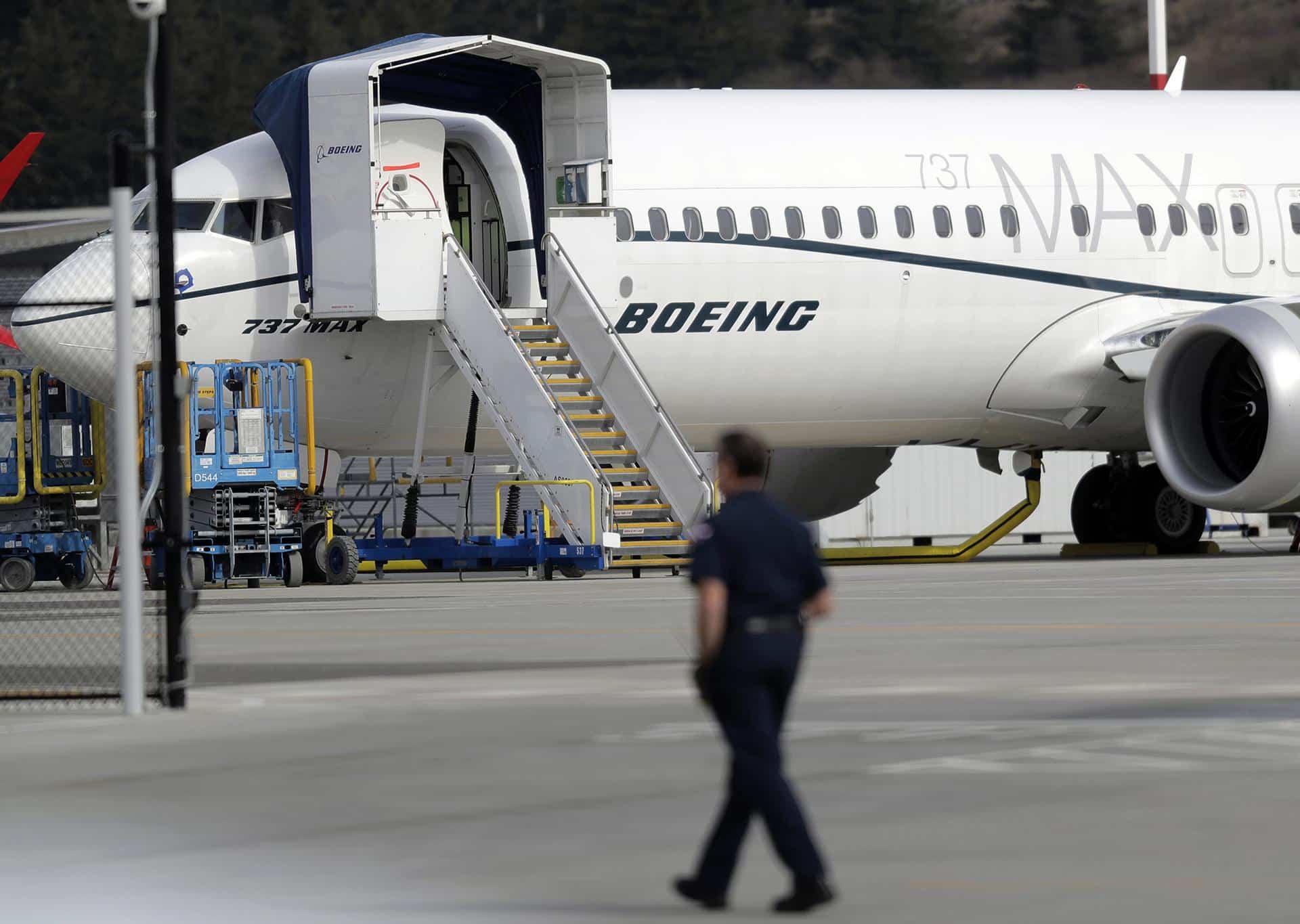Investigators in the fatal Lion Air crash in October have pinpointed the anti-stall system called Maneuvering Characteristics Augmentation or MCAS as the reason behind the fatal accident. People familiar with the pilot briefings said that the Boeing Co has come up with a software fix for the 737 MAX to avoid the repeated operation of the MCAS. This will cause it to be deactivated in case two sensors disagree widely.
The accidents which resulted in the death of over 350 people caused Boeing’s 737 MAX aircraft to be grounded all over the world. It even gave birth to the debate about the proper balance between machine and man in piloting the latest version of the Boeing aircraft.
The MAX is designed with bigger engines which are mounted forward, causing the plane’s nose to go higher which can result in a stall. The MCAS was supposed to counter this, but according to a few experts, this was overcompensated, and the recent changes will give the pilot some authority over the situation.
Airline briefings about the software upgrade started on Saturday. These briefings will address the incident of the Lion Air jet crash last October.
Pilots have been informed that the MCAS system which is supposed to force the aircraft nose downwards in order to avoid a loss of lift or stall will work only once, rather than repeated corrections which were what might have caused the Lion Air jet to dive.
Furthermore, MCAS will from now on be disabled as soon as two sensors which measure the angle of attack differ too much. These sensors measure how close an aircraft is to an aerodynamic stall.
The new changes will allow the pilot to be aware when the MCAS stops working in the background as warning message labeled “AOA disagree” will be displayed. This message will indicate that the two sensors widely differ in their values.
Earlier, the “AOA disagree” warning would not cause the MCAS software to stop, as the system was designed to one sensor at a time, alternating between flights.
On Monday, Boeing announced that its new software fix would incorporate more than one input for the angle of attack as well as limit trim commands and limit authority.
The new change comes in the wake of Boeing’s earlier decision to make the warning display a standard feature.
Another source mentioned that Boeing needs to give pilots a complete explanation about the software fix and the reason behind its implementation. The software fix and the training will need to be approved by the FAA or the Federal Aviation Administration as well.Technology




